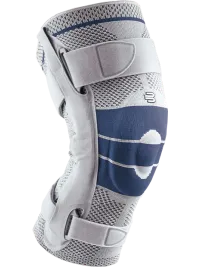
Sports Medicine
OrthoSouth has the most board-certified and fellowship-trained sports medicine orthopedic surgeons in the Mid-South region, many who serve as team doctors for prep and professional sports teams, including the Memphis Grizzlies and Memphis Hustle.
Sports Medicine
OrthoSouth has the largest team of fellowship trained sports medicine orthopedic surgeons in the Mid-South region. Many of our physicians serve as team doctors for prep and college sports teams across the Greater Memphis area and into North Mississippi. In fact, the OrthoSouth® Sports Medicine Outreach Program is the largest of its kind in the region - serving more schools and student athletes than any other medical group in Shelby, DeSoto, and surrounding counties. From local high school basketball players to professional triathletes, and everyone in between, the sports medicine team at OrthoSouth® has you covered.
The following experienced and skilled OrthoSouth® surgeons are available to diagnose and treat your sports-related injury:
Common Sport-Related Injuries
At OrthoSouth, our skilled physicians are well-equipt to diagnose and treat common sports-related injuries, ensuring you receive the precise care needed for a swift recovery. With top-rated orthopedic services, including on-site physical therapy and advanced digital imaging, we provide a comprehensive service experience for every patient.
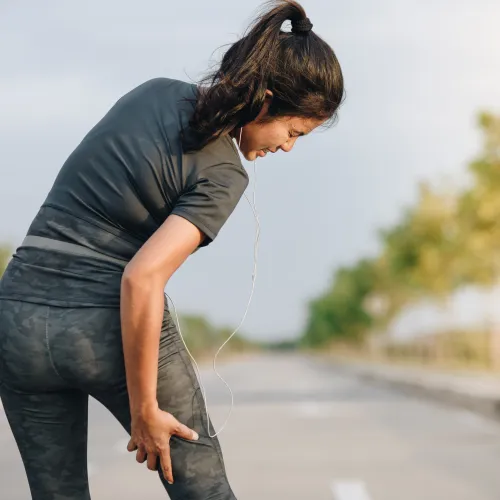
Sprains, Strains and Pulls
Sprains, Strains and Pulls
Soft tissue injuries usually brought on after activity
Sprains, Strains & Pulls
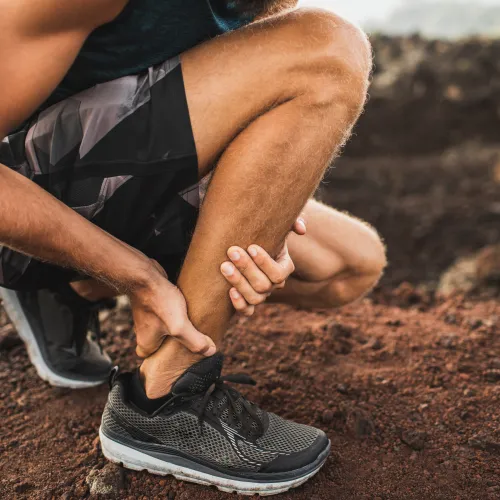
Achilles Tendon Rupture
Achilles Tendon Rupture
Sudden or severe pain in the lower leg that affects walking and running
Achilles Tendon Rupture
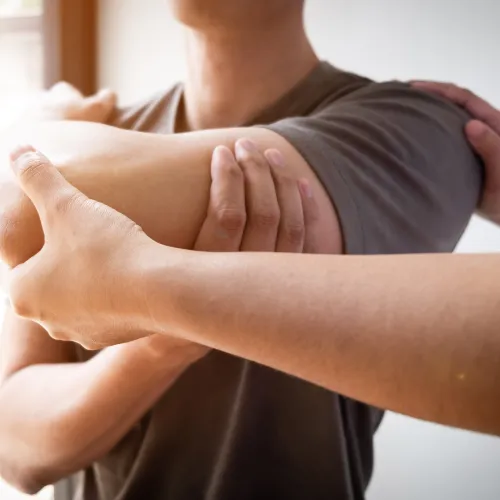
Rotator Cuff Tears
Rotator Cuff Tears
Injuries to the shoulder muscles that affect range of motion
Rotator Cuff Tears
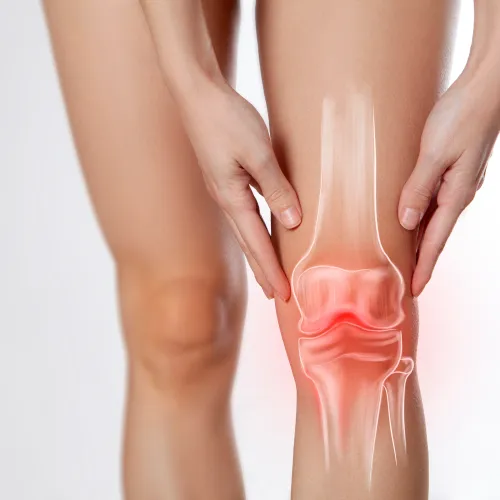
Meniscal Tears
Meniscal Tears
Damage to the cartilage in the knee usually caused by rotational motions
Meniscal Tears
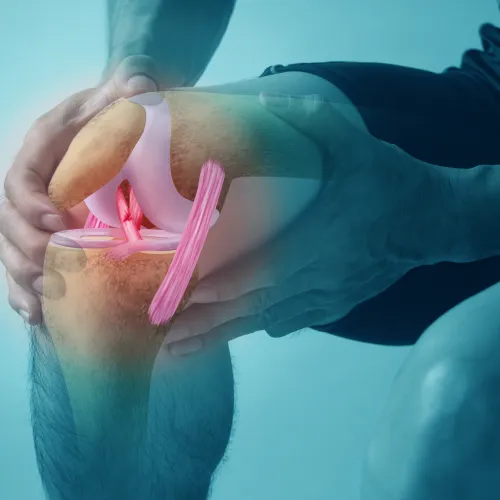
ACL Tears
ACL Tears
A painful knee condition in athletes that affects running and rapid deceleration movements
ACL Tears
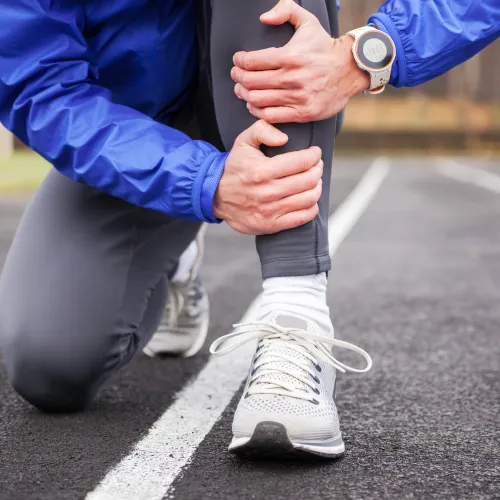
Shin Splints
Shin Splints
Painful aching or throbbing in the lower leg usually brought on by running
Shin Splints
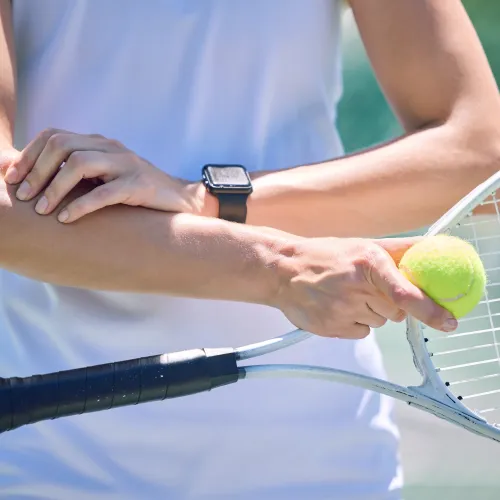
Tennis Elbow
Tennis Elbow
Pain in the elbow usually associated with repetitive motions like swinging a racket or golf club
Tennis Elbow
When to See a Doctor
If you notice any of the following, please seek immediate attention:
-
Deformed appearance of the bone or joint
-
Abnormal movement of the bone or joint
-
Excessive swelling
-
Severe bruising or other changes in skin color
-
Rest, ice, compression, and elevation are not relieving the pain after a few days
